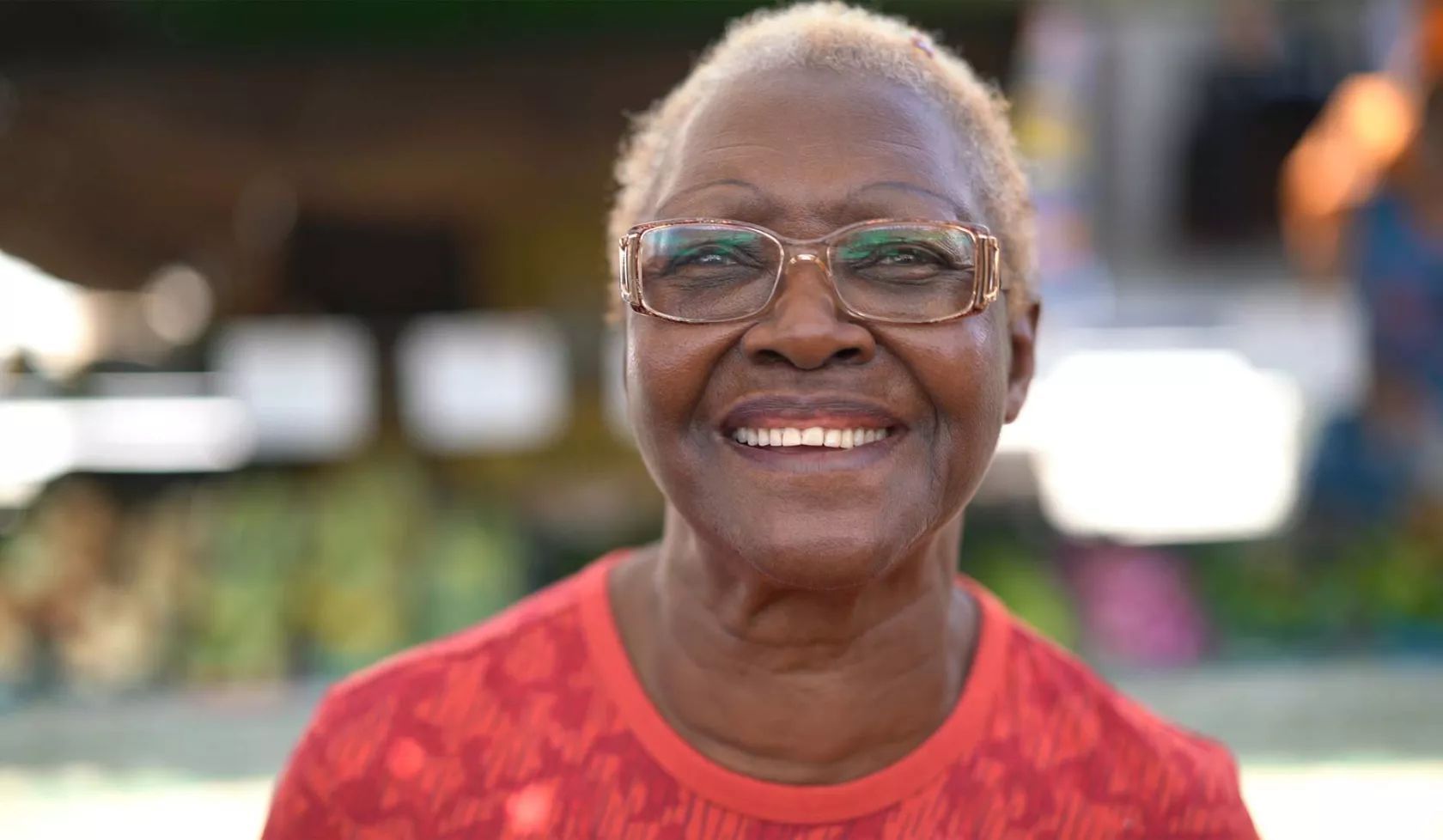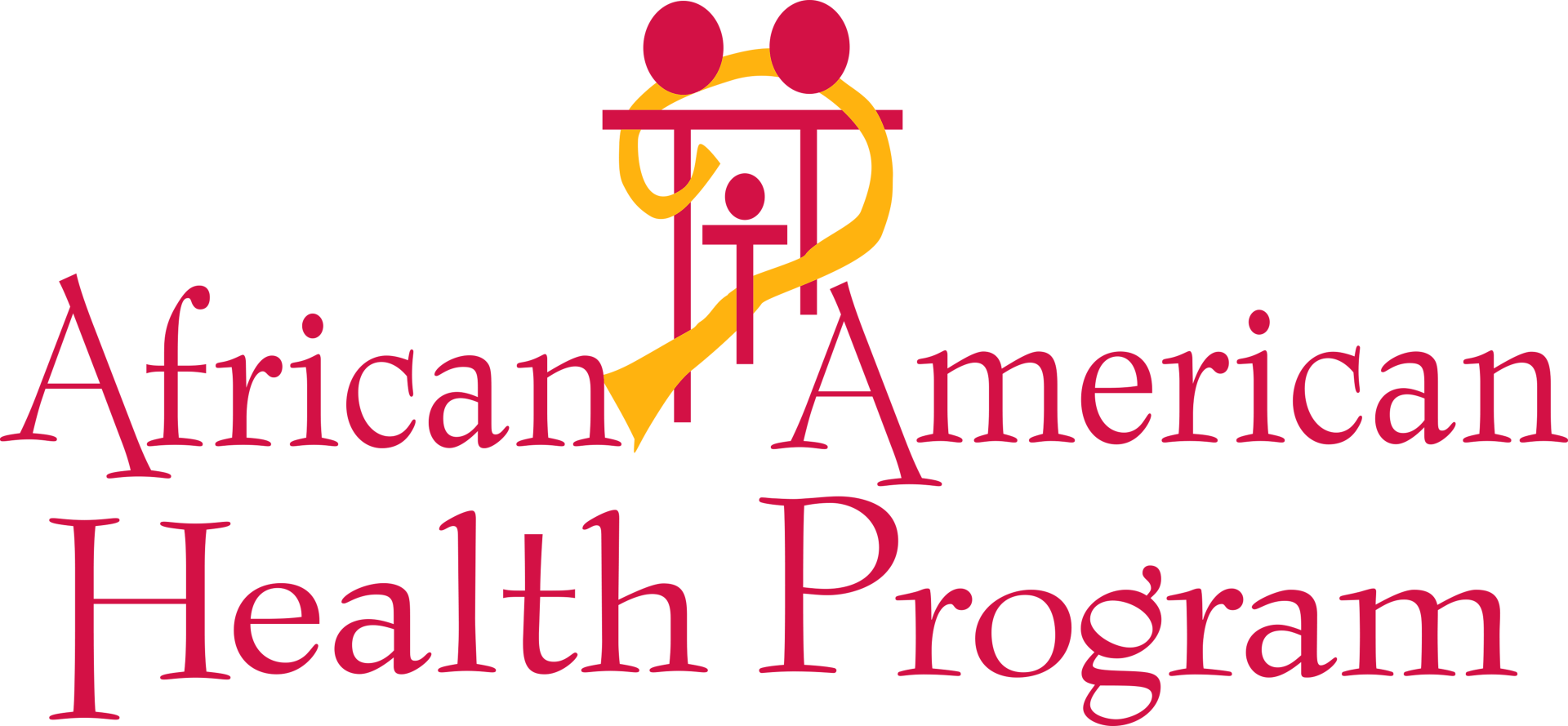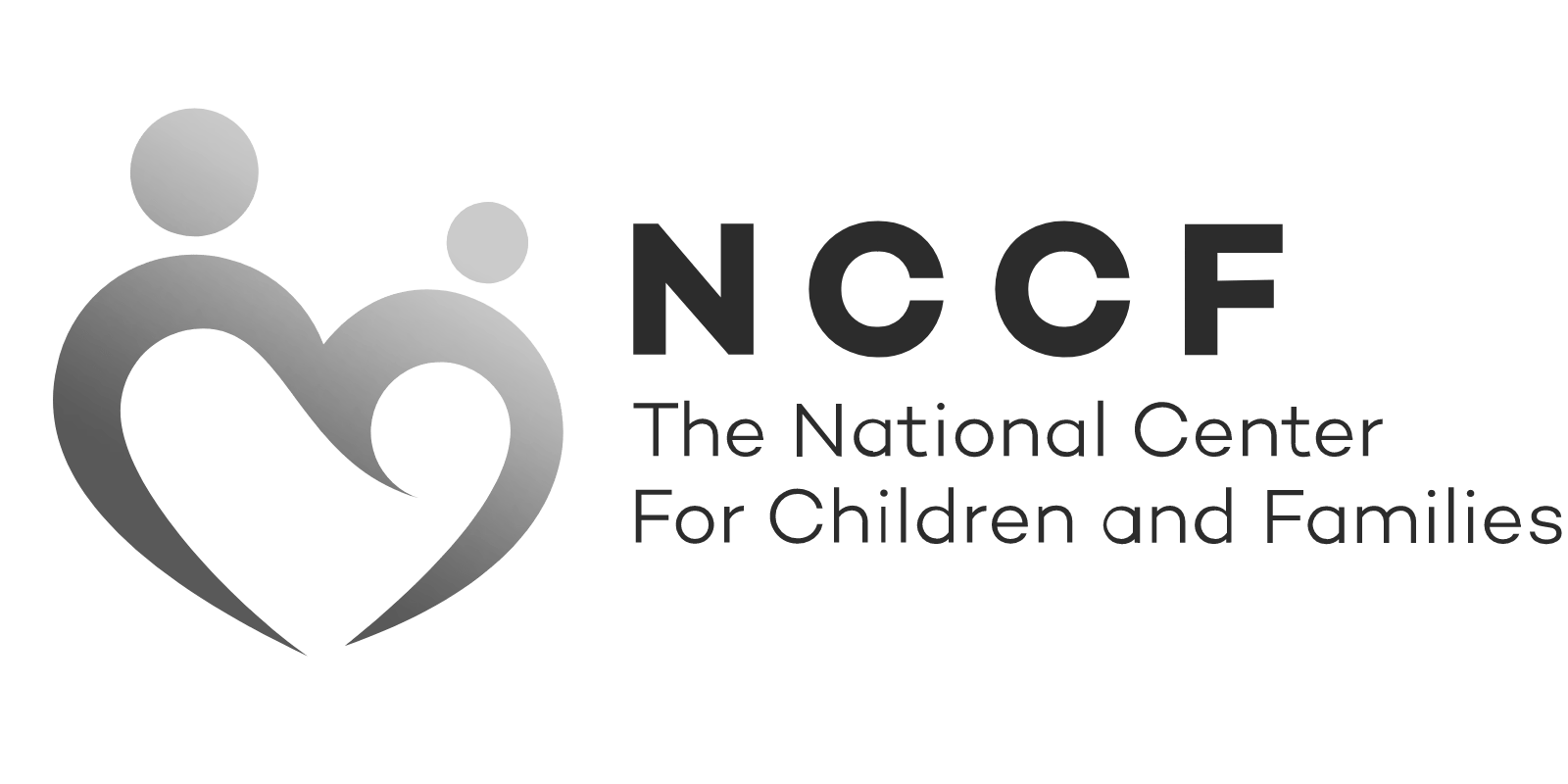Black Patients Wants To Help With Medical Research But Have Barriers
Clinical trial participants are predominantly white. Despite Black and Hispanic people respectively making up 12% and 16% of the U.S. population in 2011, together, they made up only 6% of clinical trial participants overall that year.
The trials represent all patients and are essential to ensure that treatments are effective for everyone. Including diverse patient populations in clinical trials ensures these factors are accounted for.
However, the perception that recruiting white patients is easier, less time-consuming, and more cost-efficient than recruiting underrepresented or underserved patients contributes to health disparities seen today.
Typically, clinical trials focus on physicians working in urban medical centers. Most Black and Hispanic patients have limited access to the health care system, and the centers that serve them often do not have the research infrastructure or resources to run clinical trials.
Due to misconceptions about Black patients’ interest in research, we anticipated few patients would participate in the trial because our patient base is 90% African American. The sponsor for the study expected an enrollment rate as low as one to three patients per week at our site.
When enrollment began, we saw high interest among our Black patients. After three months, we enrolled 100 patients, 85% of whom were Black.
So how did we do it?
First, we identified the participation barriers our Black and Hispanic patients faced. We conducted a pilot study to identify more broadly the main barriers to research participation in underserved and underrepresented populations in our area. We reviewed enrollment rates, failures to meet eligibility, and data issues, among others, from our past studies to see where we could improve.
We evaluated the role of mistrust by surveying patients at an IBD education conference. Although patients often cited mistrust of health care providers and systems as a significant barrier to trial participation, 70% of patients with a college education trusted their gastroenterologists, and 100% of patients with less than a college education trusted their doctors.
Time was another barrier. Because many of our patients have limited exposure to clinical studies, they have many questions and concerns that most clinicians do not have the time to answer in the space of a standard appointment. Patients also could not afford the time commitment required for complex clinical trials. An informed consent process can take over an hour, and many trials require frequent and prolonged hospital visits, for which patients may not be able to take paid time off.
After identifying these barriers, we worked to create solutions to help our patients participate in research. We pre-screened potential study participants by looking through their electronic medical records and provider referrals. This helped us identify qualifying patients and proactively reach out to them.
Working with diverse participants can be challenging, but so is every other aspect of clinical research. Our results showed that intentional recruitment, flexibility and creative solutions can help increase enrollment of underrepresented populations in clinical trials.
Partnering with an institution dedicated to serving underserved populations can also help. But above all, research participants are looking for a genuine interest in their well-being.
Credit Dr. Julia Liu "Black Patients Wants To Help With Medical Research But Have Barriers, Says Study", https://theconversation.com/yes-black-patients-do-want-to-help-with-medical-research-here-are-ways-to-overcome-the-barriers-that-keep-clinical-trials-from-recruiting-diverse-populations-185337
















